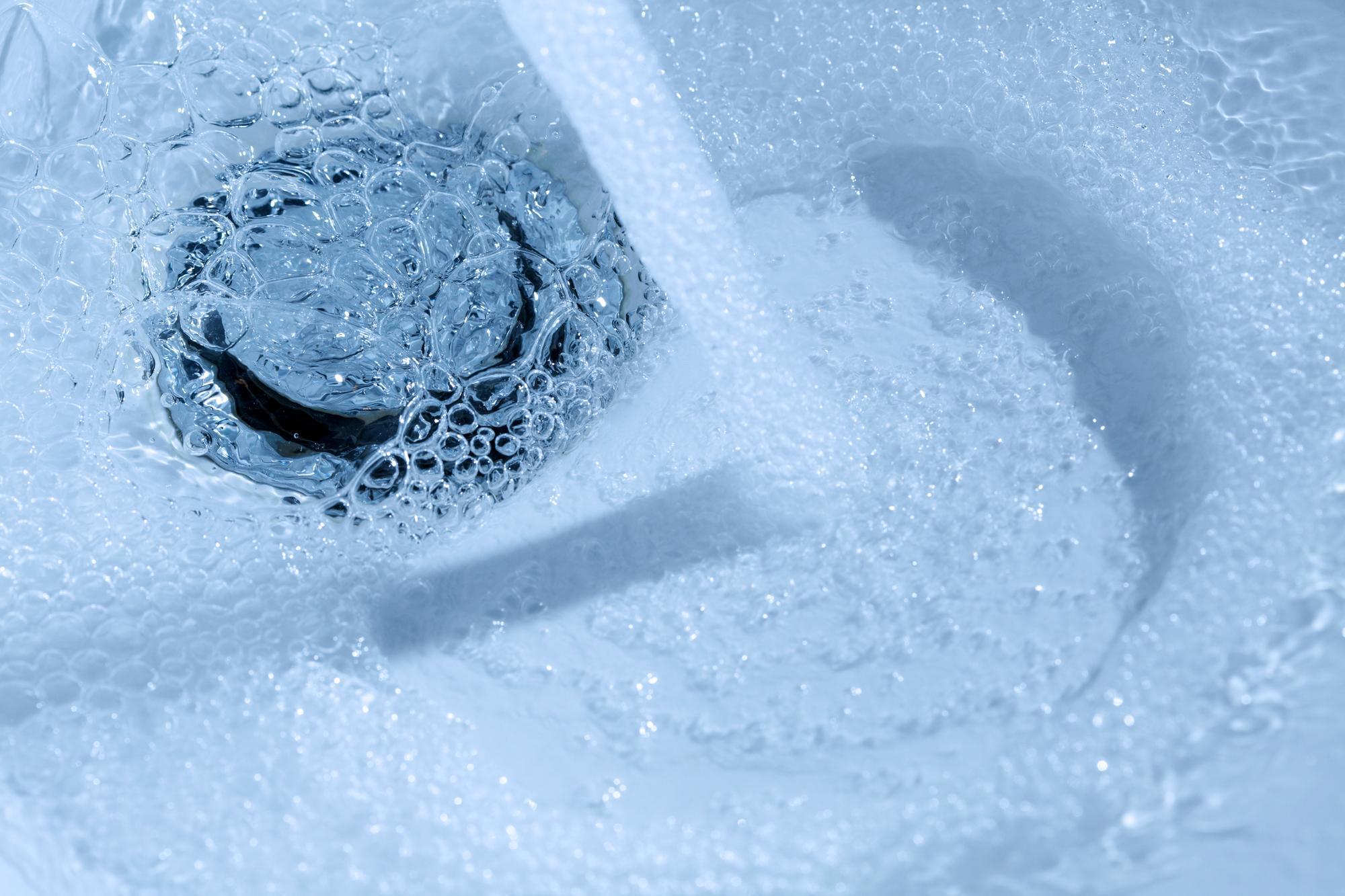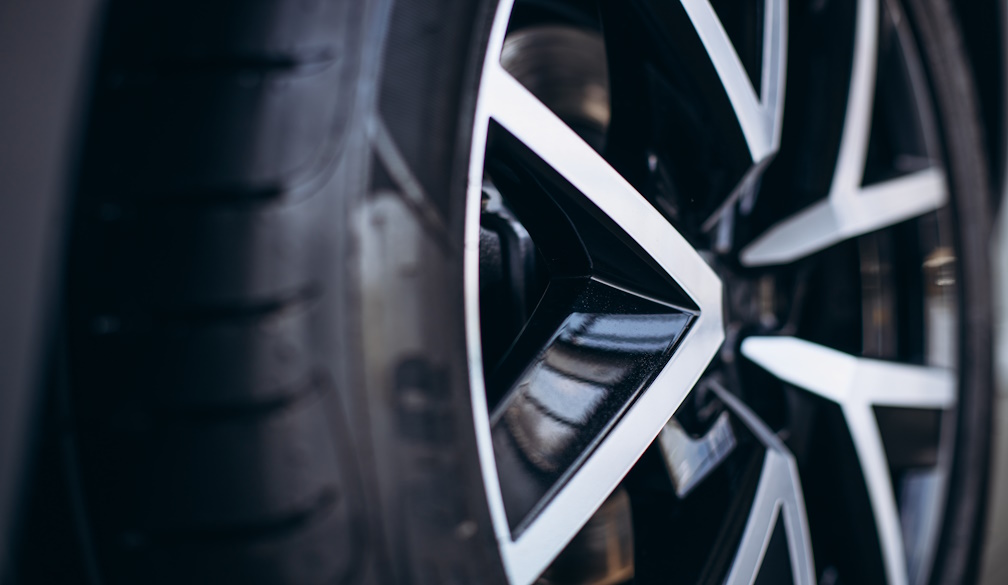How To Tell If Your Drains Are Blocked
- Written by Modern Australian

A blocked drain is one of the worst things that can happen in your home. In addition to preventing you from going about your day-to-day life, a blocked drain causes your home to flood with water or worse, causing extensive damage to your property and costing you a fortune in repairs. Fortunately, there are a few different ways to know for sure whether or not you have a blocked drain, and that's what we'll go over in this article.
4 Signs of a Blocked Drain
There are four telltale signs of a blocked drain. If you notice one or all of the following signs, then you should take any chances and should contact a professional plumber to come out and fix the problem.
Foul smell
A foul-smelling odor coming from any one of your drains can be a sign that you have a blockage. Not all foul odors necessarily mean that you have a blocked drain; there is a particular smell to look out for, which is the smell of sewage. In case you don't know what sewage smells like, it smells very similar to feces, so if it smells like someone defecated in your kitchen sink, then you probably have a blocked drain. This is unpleasant to talk about, but it's much more unpleasant to have to deal with in your home, so if you notice this smell coming from a sink or drain in your home, then you should contact a professional plumber to resolve the problem.
Overflowing
The next sign to be on the lookout for when you suspect that you may have a blocked drain is overflowing. If your sink, bathtub, or toilet begins overflowing, then the situation is certainly an emergency. Water flooding your home can cause a ton of damage, and if sewage begins overflowing, then the problem is, of course, much worse as this can make you and your family nauseous and sick. If it's the toilet overflowing, then try using a plunger, but if that doesn't resolve the problem immediately, then you have an emergency on your hands, and you should reach out to a plumber right away.
Gurgling sounds
Gurgling sounds coming from your sink can also be another indication that you may have a blocked drain. The sounds are caused by water trying to drain but being unable to. In most cases, nothing other than a blocked drain will cause these sorts of sounds to be emitted by your kitchen or bathroom sink. So, if you hear any bizarre gurgling sounds coming out of your sink, then you shouldn't hesitate to contact a professional plumber to come out to your home and unblock your drain.
Slow draining
The final sign to be aware of is slow drainage. If one or more of your sinks, or other fixtures, are draining water very slowly or not at all, then this is a sure sign that you're dealing with a blocked drain. If any of your drains are not draining properly, then you should definitely reach out to a professional plumber to come out and fix the problem for you.
Conclusion
It’s sometimes possible to unclog a blocked drain yourself using a plunger or a commercial cleaning product, but there is also a great chance that you can make things even worse, which can result in your home flooding with sewage, and that's probably not a chance that you want to take. Remember, calling a plumber can help fix your blocked drains, and it's always best to trust a professional in these sorts of situations.



















